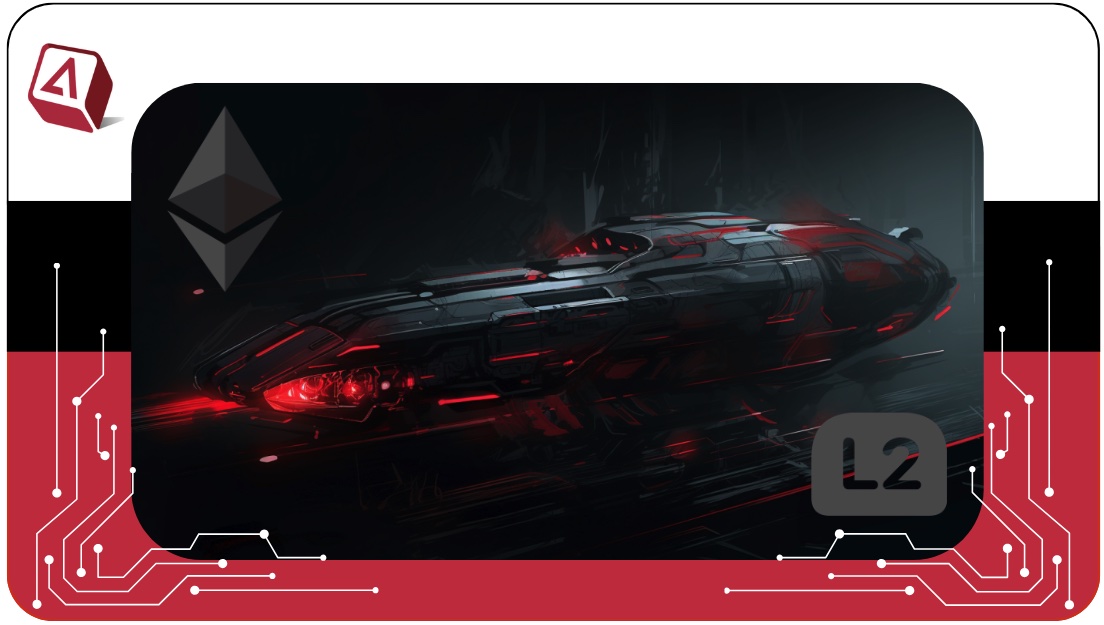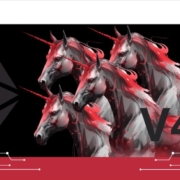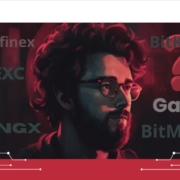The Rise of Layer 2 Blockchains
One of the biggest things invented in crypto in recent years is the model of a Layer 2 Blockchain. In other words, we are talking about the Ethereum Rollups, one of the most popular scaling solutions, that are about to bring the masses to the crypto space. However, only some know how they work or how to bridge to L2s.
Let us show you how those things work.
What problems does Layer 2 solve? Why do we need L2s?
Do you want to know why everyone is talking about Layer 2 (L2) blockchains? Well, they are the future of Ethereum scalability! L2s are like separate chains that inherit Ethereum’s security guarantees and extend its functionality.
They make it possible to have faster and more scalable transactions without sacrificing security or decentralization.
So, let’s break it down. The base blockchain, which is Layer 1 (L1), is the foundation upon which L2 networks are built. Ethereum and Bitcoin are both examples of L1 blockchains. On the other hand, rollups on Ethereum and the Lightning Network on top of Bitcoin are examples of L2 projects.
All the transaction activity on L2s can ultimately settle back to the L1 blockchain, allowing users to enjoy the benefits of Ethereum’s security and decentralization.
But wait, there’s more! Ethereum also functions as a data availability layer for L2s. L2 projects post their transaction data onto Ethereum, relying on it for data availability. This data can be used to obtain the state of the L2 or dispute transactions on L2. Ethereum, as the L1, includes a network of node operators, block producers, the blockchain itself, and the consensus mechanism for the network.
Scalability methods
Now, let’s talk about the real reason why we need L2s: scalability.
The blockchain trilemma states that a simple blockchain architecture can only achieve two out of three desirable properties: decentralization, security, and scalability. If you want a secure and decentralized blockchain, you must sacrifice scalability. However, L2s have changed this situation!
Ethereum currently has a capacity of over 1 million transactions per day, and with high demand for each transaction, gas prices have skyrocketed. That’s where L2 networks come in. They allow for faster transaction speeds and higher transaction throughput without compromising security or decentralization.
By combining multiple off-chain transactions into a single L1 transaction, fees are massively reduced, making Ethereum more accessible.
But that’s not all, L2s also expand use cases for Ethereum, making it possible for projects to venture into new applications with improved user experiences. Payment channels are all sustainable methods to approach the blockchain scalability problem in the long term, supporting the growing adoption of Web3 applications and enhancing user experiences.
Rollups are a type of Layer 2 scaling solution that can execute smart contract state changes off-chain and prove them on-chain, resulting in higher throughput and lower costs.
Rollups employ three methods to achieve scalability:
- off-chain execution of transactions,
- batching of transaction data and
- requiring only one honest validator to prove transaction validity.
Optimistic rollups assume that all transactions are valid and submit batches of transactions without any computation.
However, there’s a challenging period during which anyone can challenge the authenticity of the transaction batch. On the other hand, zero-knowledge rollups use cryptographic proofs to validate transactions, with each batch featuring its own “validity proof” submitted on the main chain.
Optimistic Rollups vs zK-Rollups
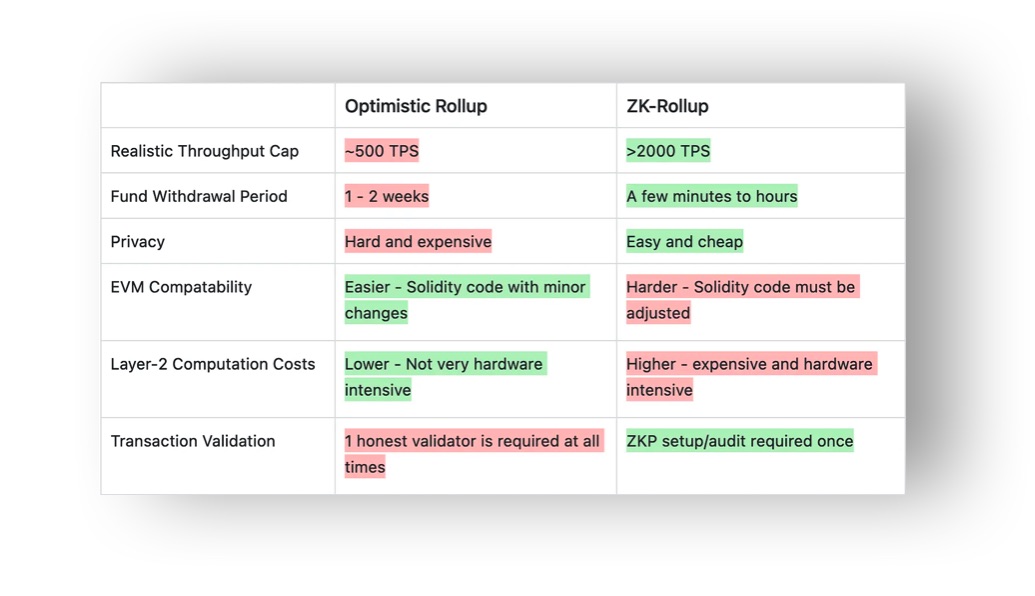
So, what’s the difference between the two? In terms of verification methods, optimistic rollups assume legitimacy, while zero-knowledge rollups require cryptographic validation. However, optimistic rollups have a challenging period where fraudulent transactions can be submitted, while zero-knowledge rollups do not.
Arbitrum
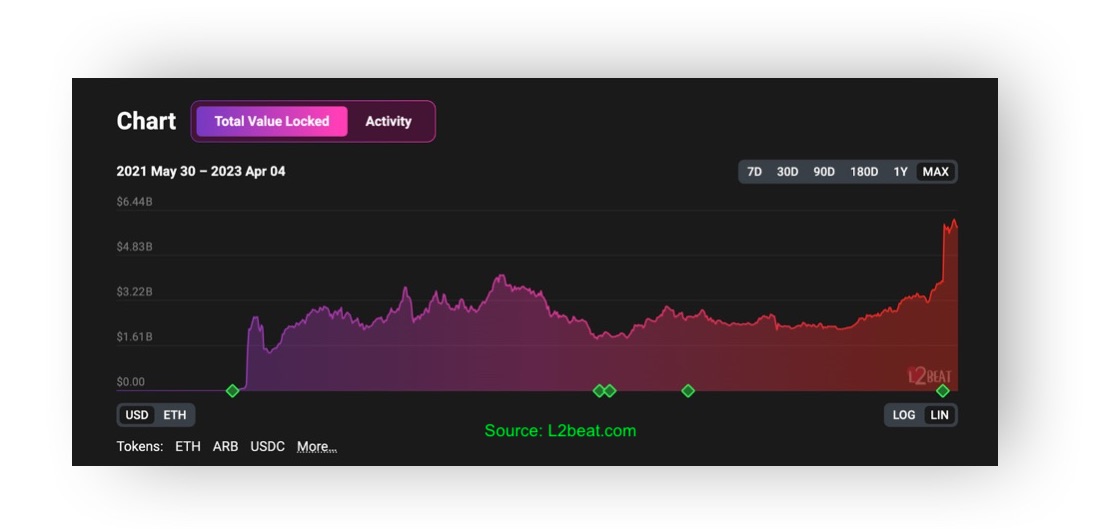
Let’s talk about Arbitrum, the fastest and most efficient Layer 2 scaling solution for Ethereum that will revolutionize your thoughts on blockchain technology. With Arbitrum, you can execute smart contracts and transfer tokens faster and cheaper than ever. It’s like having a Ferrari in the blockchain world – you can go faster and further than your competitors, leaving them in the dust!
But what sets Arbitrum apart from the rest is its unique approach to scaling. Unlike other solutions that require developers to completely re-architect their dApps, Arbitrum uses a technology called Optimistic Rollups, which means that developers can port their existing smart contracts with minimal changes. That’s right – you can now scale your Ethereum dApps without any major modifications, saving you time and money.
But don’t just take our word for it – Arbitrum is already being used by some of the biggest players in the industry, including Uniswap, Aave, and Chainlink.
Optimism

Optimism is the Layer 2 scaling solution designed to make Ethereum faster, cheaper, and more accessible than ever before. Using the power of Optimistic Rollups, Optimism can process transactions with lightning speed while keeping the security and trustlessness of the Ethereum network intact. It’s like having the best of both worlds!
Plus, with lower gas fees, you can save money on every transaction to keep more hard-earned cash in your pocket.
Optimism has already attracted some big names in the industry, including Synthetix, Uniswap, and Chainlink.
zK-Sync & StarkNet

These two zK-rollup scaling solutions are the real deal regarding batch processing hundreds of transactions and validating them cryptographically before they hit the Ethereum Mainnet.
Now, you might be wondering what makes zK-Sync and StarkNet stand out from the rest. Well, let me tell you – these zK-rollups have a negligible fund withdrawal delay and are way more secure than Optimistic rollups. But zK-Sync and StarkNet aren’t created equal. They use different proofing protocols, namely SNARK and STARK, respectively.
But hold on, there’s more. zK-Sync V2 is the first EVM-compatible zK-rollup, which means it’s 99% Solidity and Vyper-friendly. In contrast, StarkNet isn’t fully EVM-compatible yet. The programming languages they use also differ, with zK-Sync using Zinc and StarkNet using Cairo.
Now, this may all sound a bit complicated, but understanding these technologies is crucial. They could seriously change the game when it comes to Ethereum network scalability.
L2s vs other Blockchain Networks
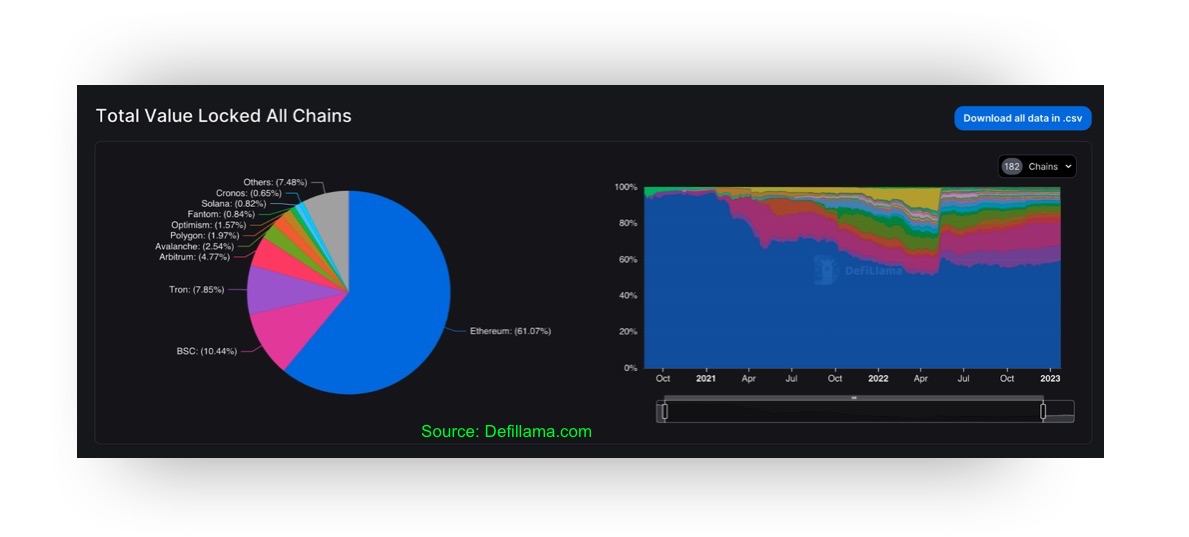
Only some people have noticed, but Layer2s are gaining awesome traction. The TVL has raised from 0 to billions of dollars in less than two years, and we are not even in a bull market. Any other Layer 1 blockchain did not achieve such a thing.
With that said, users will start leaving all of the Layer 1 blockchains for Ethereum L2s, and this trend will continue.
Why?
- User experience – Arbitrum or Optimism protocols present a much higher user experience for a potential user than Fantom, BSC, or Near Protocol.
- Unique Protocols – L2s are incubating all of the innovations. For example, GMX, GNS, Umami Finance, Camelot DEX, and other unique solutions were created there. The rest of the L1 blockchains do not have protocols like GMX (example), which may migrate users to L2s.
- Lower fees – the average fee on BSC is around 20-30 cents, with 2-10 cents on Arbitrum. The fees on zK-Sync are designed to be fractions of cents, but we have yet to arrive. However, it may accelerate the speed of companies leaving L1s for L2s.
Moving funds to L2 blockchain
How to move your funds to L2s? What solutions should you use?
The easiest way to do that is using centralized exchanges and withdrawing funds using the Arbitrum or Optimism network. Then, you just need to add them to the MetaMask using Chainlist.org, and voila – you are done.
However, that’s the easiest way. We know that our readers sit deep in the DeFi bushes. Here’s the list of protocols that you can use:
Arbitrum & Optimism:
- Official Arbitrum Bridge: Bridge funds from Ethereum to Arbitrum.
- Official Optimism Bridge: Bridge funds from Ethereum to Optimism.
- Bungee Exchange: Send money between 7 EVM blockchains.
- Hop Exchange: Send money between Ethereum & Ethereum Rollups.
- Across Bridge: Send money between all EVM blockchains.
- Celer Bridge: Send money between all EVM blockchains.
- LiFi Bridge: Send money between all EVM blockchains.
- MultiChain Bridge: Send money between all EVM blockchains.
(Showing the list under one section, as both of these blockchains are EVM, and the protocols integrate both of them. Thus, the list looks different from zK-Sync & Starknet.)
- Orbiter Finance: Bridge from Ethereum to zK-Sync & Starknet
- zk-Sync Official Bridge: Bridge funds from Ethereum to zK-Sync
- Starknet Official Bridge: Bridge funds from Ethereum to StarkNet
The Future of Layer 2 Blockchains
The future of Layer 2 (L2) scaling solutions looks bright. The reduction in gas fees brings new hope that users will be able to seamlessly use projects deployed on different L2 networks. For instance, by bridging between zK-Sync, zkPorter, StarkNet, and other L2 solutions, we can provide a convenient and cost-efficient, unified user experience.
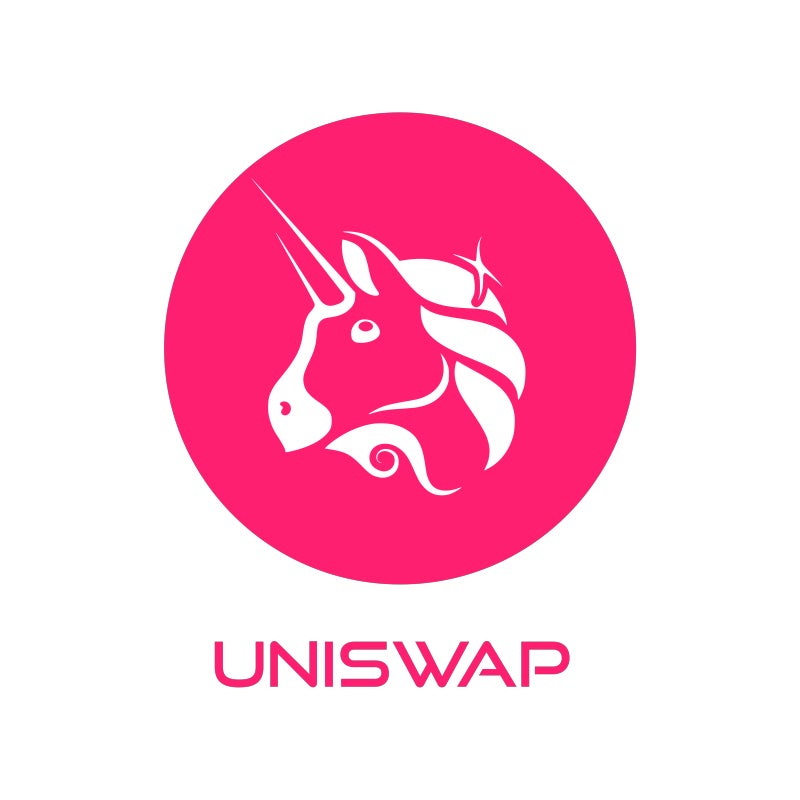 Let’s take Uniswap as an example. You load up your wallet with ETH and navigate to their site. A bridge is necessary to complete the trade if Uniswap is launched on a different L2 network, say StarkNet, while your wallet is initially deployed on zK-Sync.
Let’s take Uniswap as an example. You load up your wallet with ETH and navigate to their site. A bridge is necessary to complete the trade if Uniswap is launched on a different L2 network, say StarkNet, while your wallet is initially deployed on zK-Sync.
Ideally, the cost of swapping and bridging should be manageable for the end user. If it is, one can switch to other L2 solutions like Validiums and then move back to rollup mode.
Overall, the L2 trend will probably continue to grow as the user experience, gas fees, and protocols are higher than other Layer 1 networks.
With that said, the capital will leave the solutions that were popular in the past bull markets, and migrate to the new ecosystems.
Bottom Line
Thanks for your time! If you found this interesting, share the article on Twitter and show your friends that L2 is worth considering.
See you in the next article!
If you are considering the help of a market maker in the cryptocurrency space
We are a crypto market maker and liquidity provider for token projects and exchanges connected to major centralized (CEX) and decentralized (DEX) digital asset exchanges. What are the effects of our market making service? We notice that by adequately setting our liquidity algorithms, we very often lead to an increase in volumes by 30-50% in the short term and up to several hundred percent in the long term. You can discover how we can conduct an effective crypto market making projects here:
We increase the volumes of our partners by significantly increasing the depth of order books and pools, building investor confidence in the token, and always being there when investors need us as the other party to the transaction, regardless of the market situation. We know it works because we’ve done it more than it many times.

